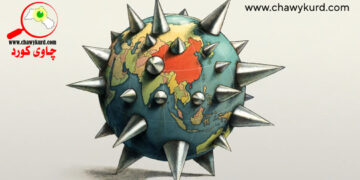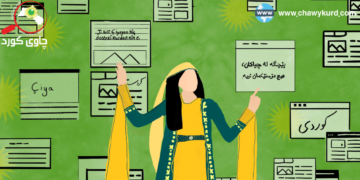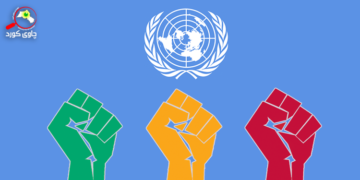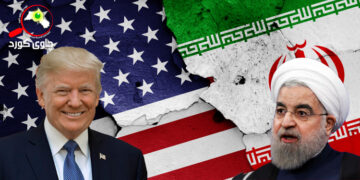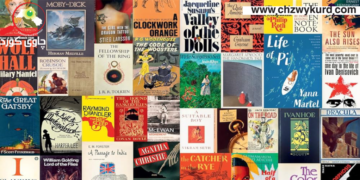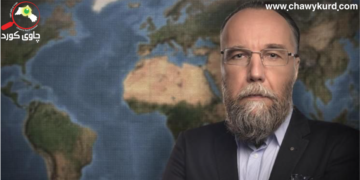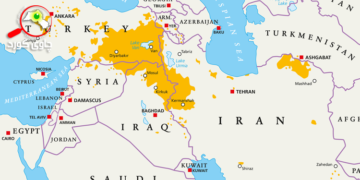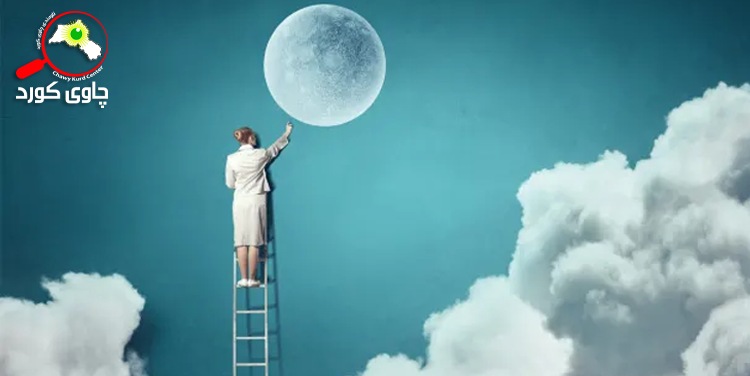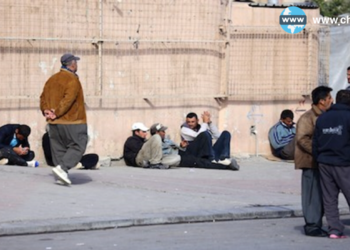There is no doubt that the role and position of women in any society determines the level of progress and essence of that society. We do not know a country like Afghanistan only as an extremist and Salafi force, but by definition that they have a view of women as complementary poles of society. Having a narrow view of women and their values and dreams is not only suppressing women as bodies, but also overwhelming and drowning part of human existence that can be in various fields such as science, art, literature, society, culture and politics play an effective and complementary role. Traditional views and Salafis see women as only a body that excites the sexual desires of the dominant discourse and system, which is masculinity.
Unfortunately, these limitations on women as an existential being and reducing them to a material body and an exciting body are the main characteristics of traditional and religious countries. In the East, this equation generally dominates societies, and in the West, although these restrictions do not exist, the marketing of women is in its infancy.
The issue is clear because we as women have known this for a long time and have experienced it in various ways, from the looks, behavior and movements of men close to us to passers-by and strangers on the street we feel their feelings.
It has been clear that this reading and interpretation never means that all men are the same and is not an absolute decision, but rather a characteristic of a discourse called masculinity that has dominated and controlled all the main joints of the communal for many years in the society and management including economy, culture, literature and politics as well as spirituality and it has increased a psychological desire.
When this process of critical consciousness passes its stages through a scientific and constructive dialogue, then women’s language will flourish, innovation will occur, the dominance of masculine discourse and language will be reduced or retreat to a good extent, and at least allow for the emergence success of women’s language to engage in dialectic and negotiation with the language of men. In such a situation, the view of innovation, narrative, imagination and portrait of women’s language and world is a good start. Without this clarity and effort, the narrative of the damp dreams of the women of this country is nothing but a delicate dance to old male music.








